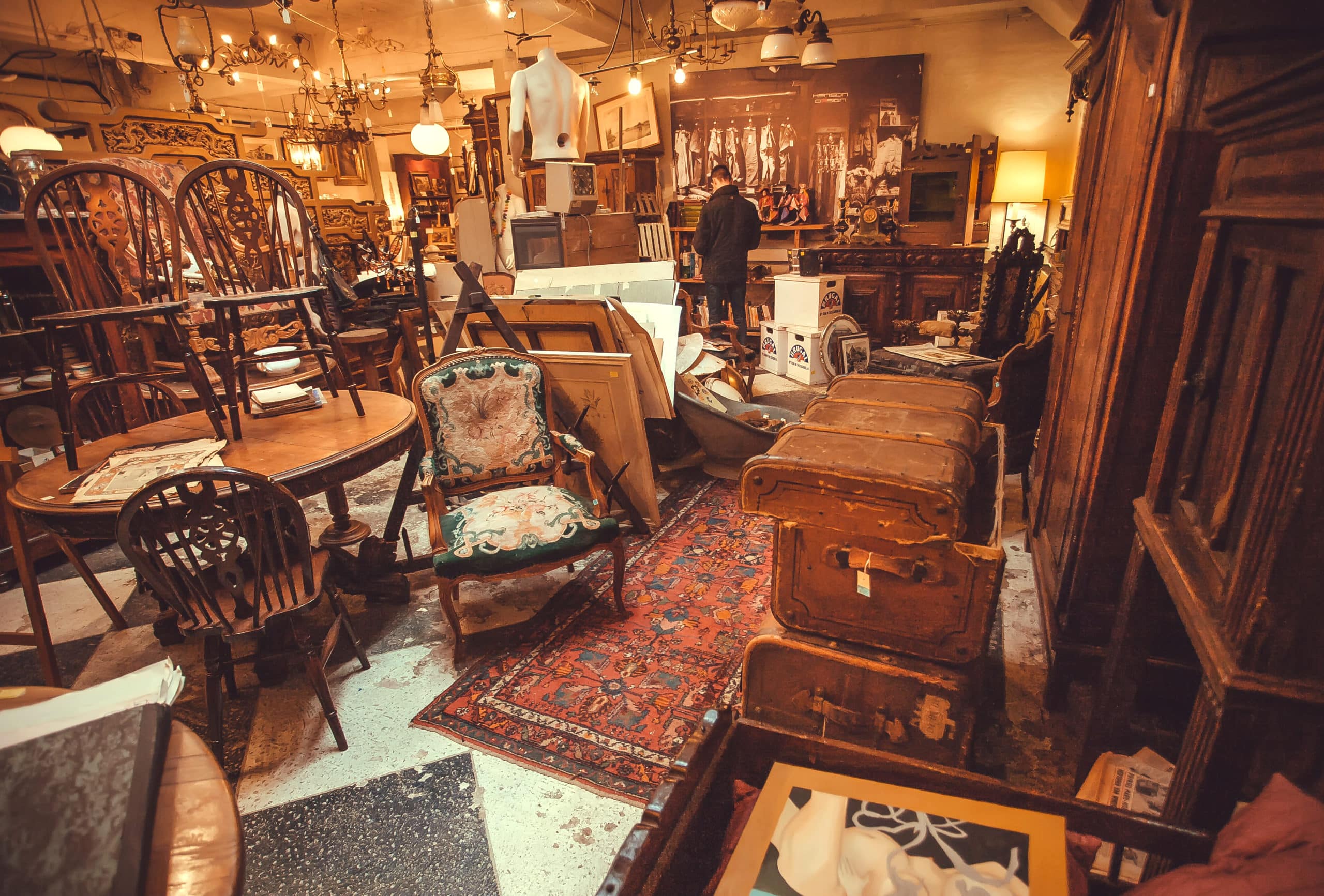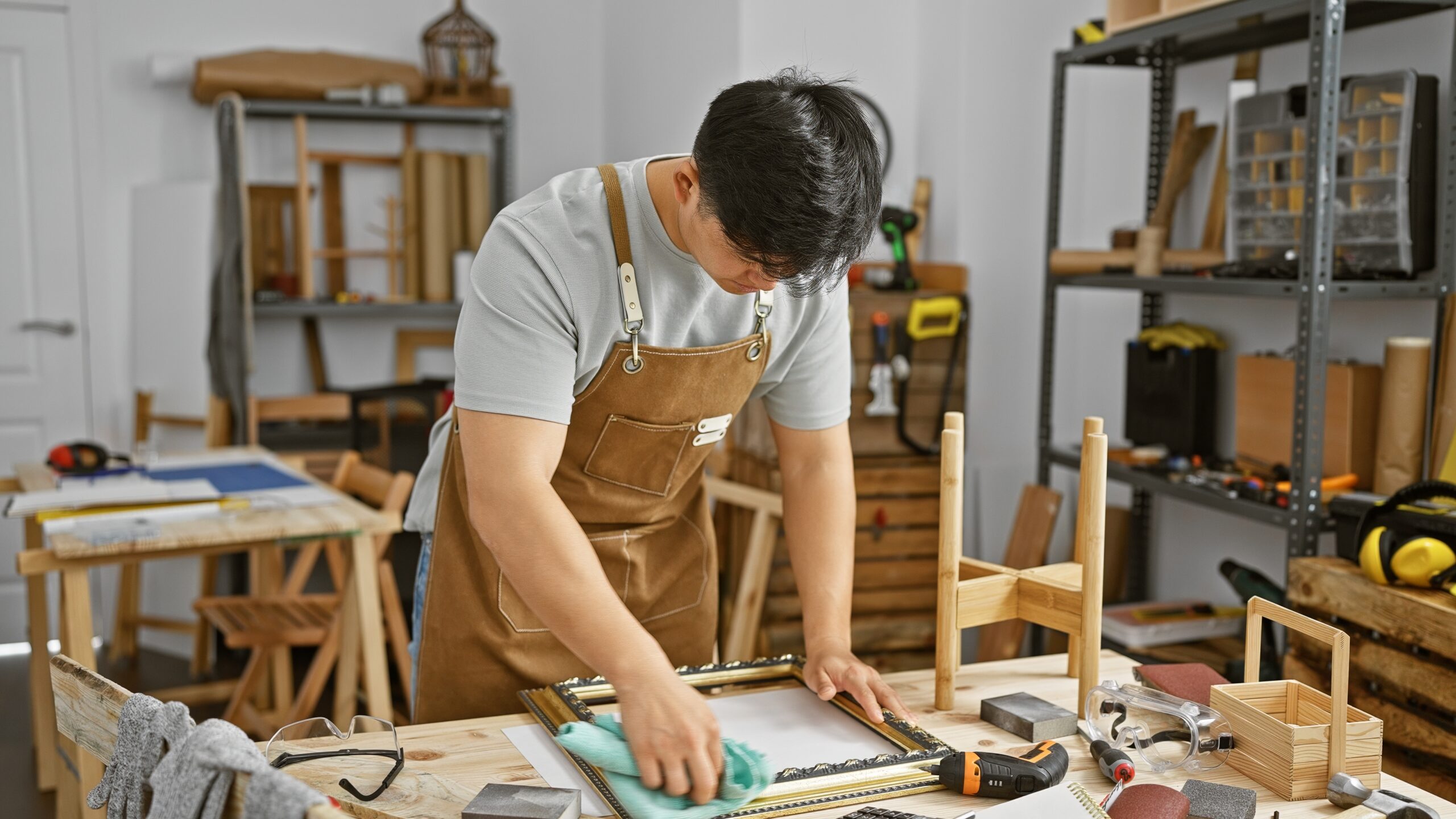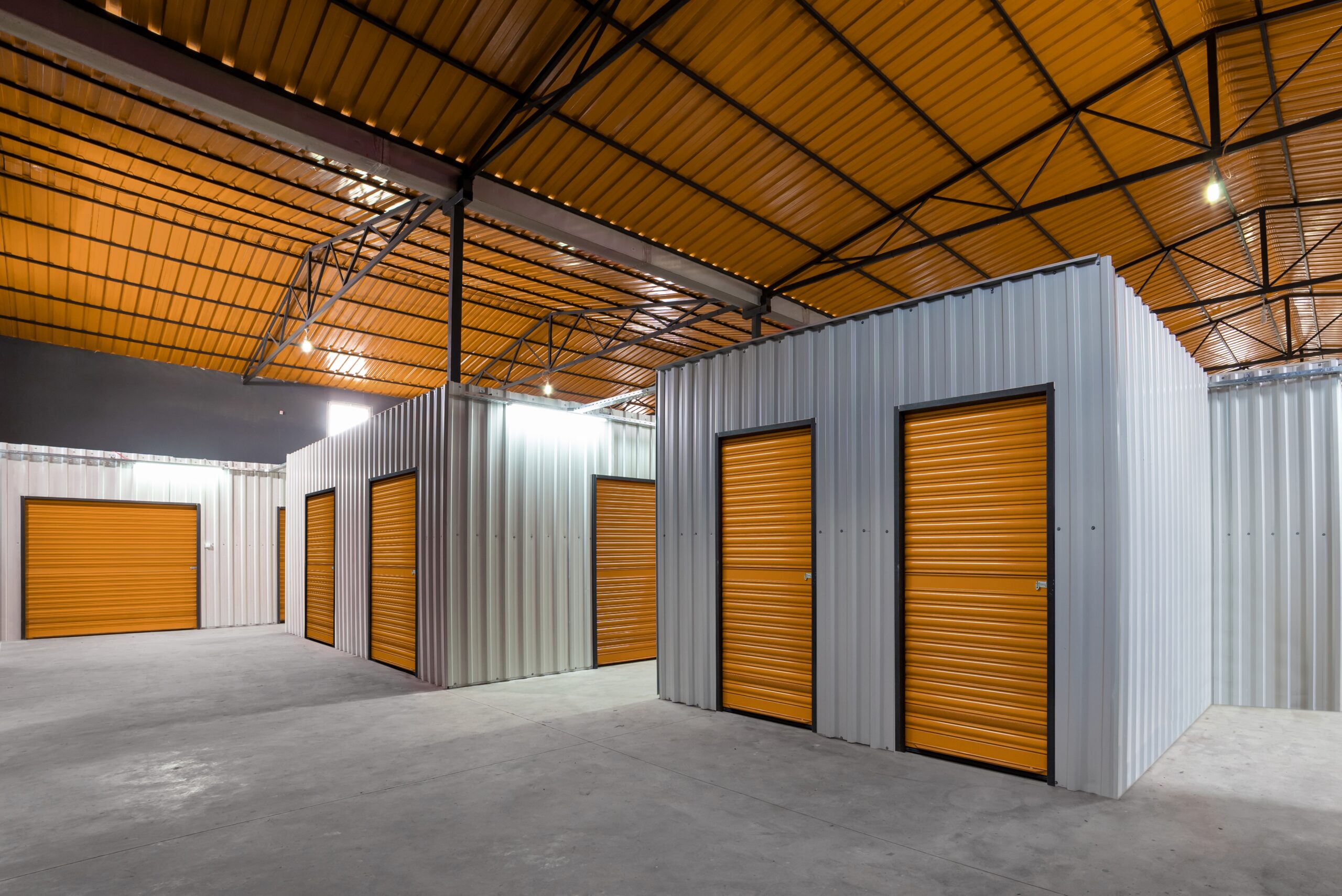Old, precious pieces of furniture need special care to make sure they last a long time. Maybe they’re worth a lot of money or just have sentimental value that reminds you of loved ones or family members; whatever the reason, you’ll find yourself cleaning and dusting this furniture more often so it holds up. This furniture can also take up a lot of space, however, and a climate-controlled storage unit will help you maintain your antique furniture’s quality while saving space in your home.
In this article, we’ll go over a few steps to help keep antique furniture in good condition while it’s in storage. By the end, you should be well-prepared to store and care for it, whether you’re moving or just downsizing.
How do I prepare antique furniture for self-storage?
Storing dusty, dirty furniture will almost guarantee it comes out of the unit with some form of irreversible damage, so your first step to prepare it for storage should be a good cleaning. Start by dusting every surface using a microfiber cloth to avoid damaging any delicate wood, then clean and polish the surfaces as best you can using a wood polish like Pledge. Take special care to clean off any grime or stains, as these can attract mold or pests.
The next step should be to disassemble what you can and make sure there aren’t any leftover items inside the furniture. For example, remove the drawers from an antique chest of drawers and take anything out that might still be stored inside. Make sure the main piece of furniture and any of its components are properly bubble wrapped or boxed to avoid damage, and store the components separately while still keeping them labeled, as this will help reduce the weight of the furniture while keeping it organized.
What storage features should I look for when storing antique furniture?
Climate control is essential when you’re storing antique furniture, especially if you live in a humid area or a location where temperatures frequently change. Investing in a unit with climate control will make sure your furniture is stored in a predictable environment with near-constant temperature and humidity, protecting the delicate wood from warping or becoming brittle. This will also protect any fabric parts, such as lampshades, from developing mold or mildew.
You should also look for a storage unit with robust security, even if your furniture only carries sentimental value. Most storage facilities offer gated access and round-the-clock surveillance to prevent thieves and vandals from breaking in, and a facility with good built-in locks will further protect unit contents. If you’re asked to bring your own lock, we recommend a disc lock, as these are the most difficult to break.
Finally, for convenience’s sake, look into outdoor storage facilities with drive-up access. Units in these facilities allow you to drive your car or truck directly into the facility so you can reduce the distance you need to move any heavy pieces of furniture.
How do I properly store and maintain my antique furniture in a storage unit?
Once you’ve cleaned, packed, wrapped, and prepared your furniture for storage, you still need to take special care to move it into the unit without damaging it. Don’t hesitate to ask a friend or family member for help lifting and transporting the furniture, as many antique items are both heavy and delicate, making it risky to move them on your own.
Make sure you rent the right size storage unit, then use its square and cubic footage to plan out where you’re going to store each piece of furniture. This will depend on what each piece is; for example, if you’re storing a mirror, lay it flat on the ground so it doesn’t fall over and shatter. Make use of vertical space, such as the areas underneath any raised furniture or the tops of sturdier pieces, to store boxes and accessories. Be sure you don’t put too much weight on top of your furniture, however, as this can lead to crushing damage.
It’s best to use a spreadsheet or similar organization app to keep track of everything in your unit. Write down what each item is, where it’s stored, and which box its other components are stored in so you can easily find everything you need when you’re ready to clear your furniture out. You should also regularly check in on the unit to make sure there’s no damage or pests, and clean any stains that you may have forgotten about.
How do I find the right storage unit for my antique furniture?
By now, you should be well-equipped to clean, disassemble, and store antique furniture pieces of any age or value. The last step is simply finding the right unit for your needs, and you’re in the right place to seek one out!
Storage.com has a built-in search tool to help you compare units near you and find the best prices and features. We also have plenty of articles comparing common storage unit sizes to help you figure out how much space you need for your furniture. If you need more personalized assistance, call 8333729881 to speak to a storage expert and figure out the perfect solution for you.






